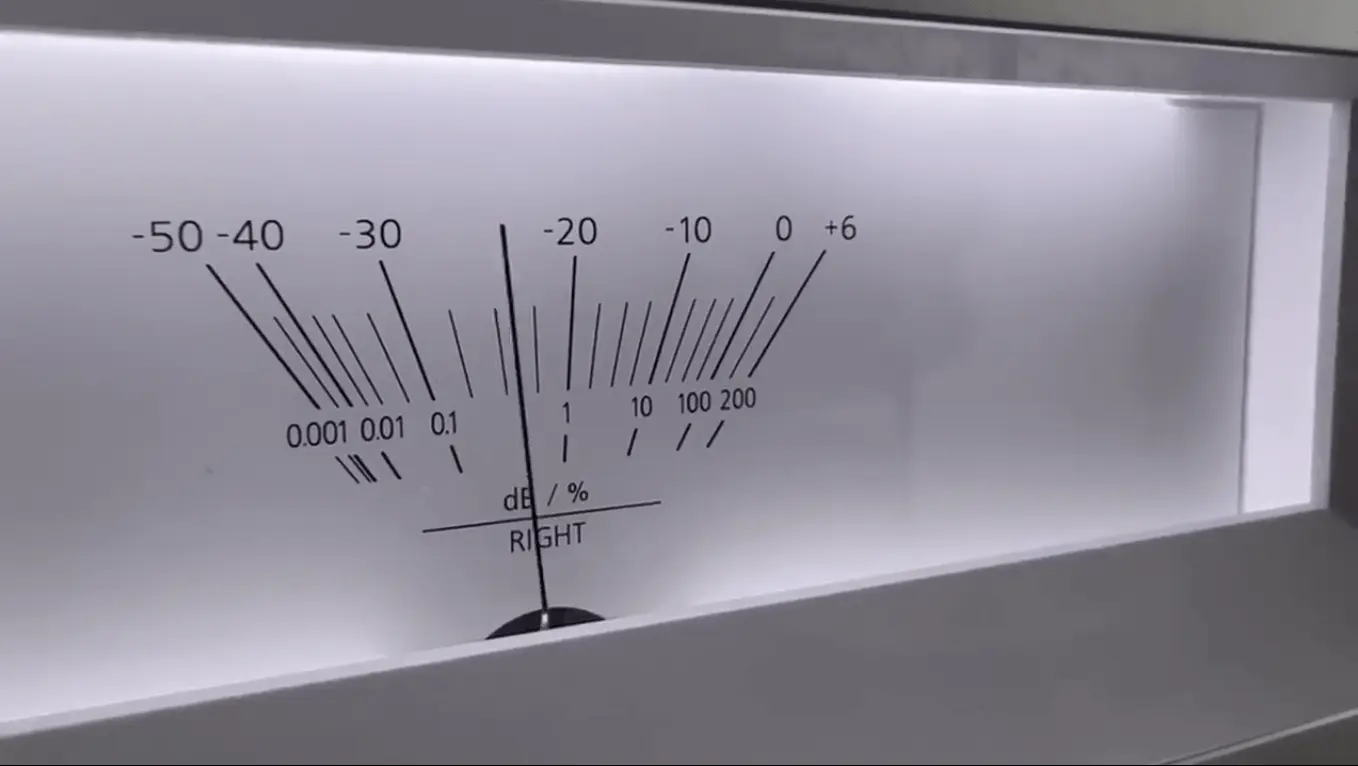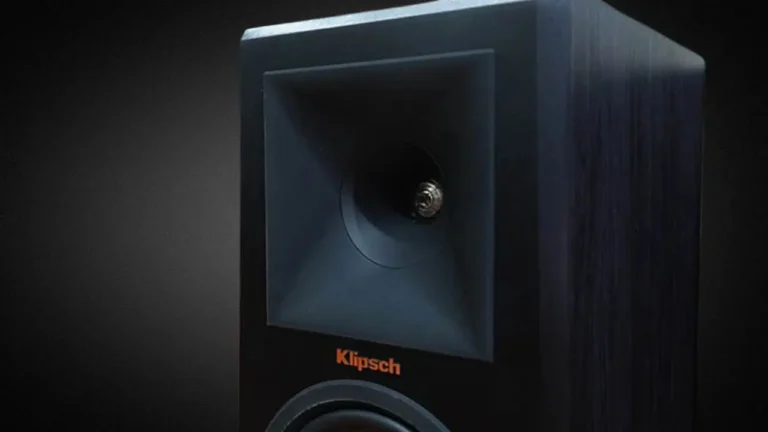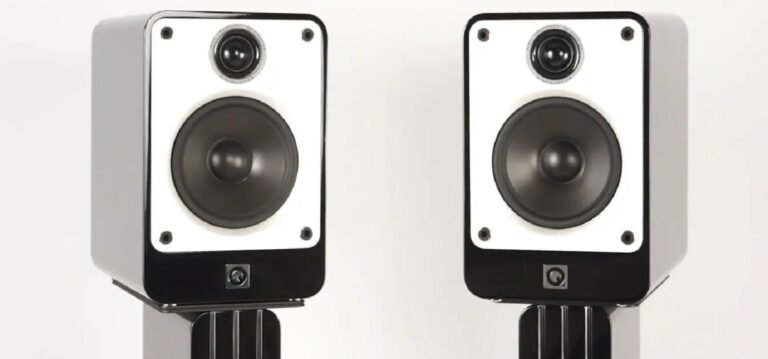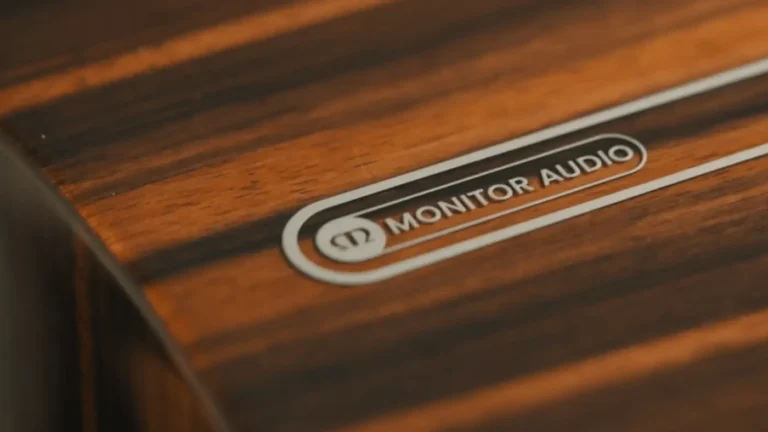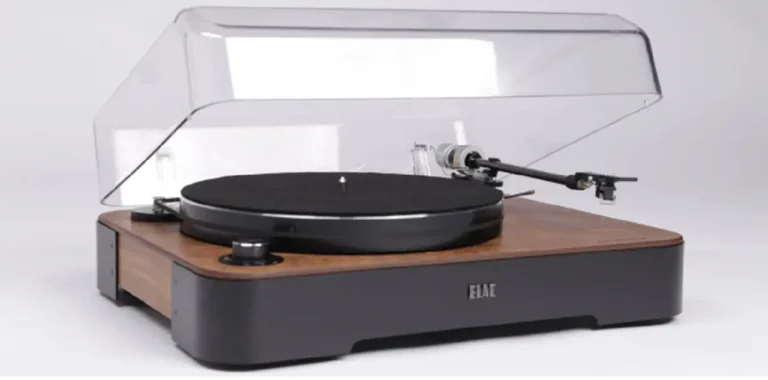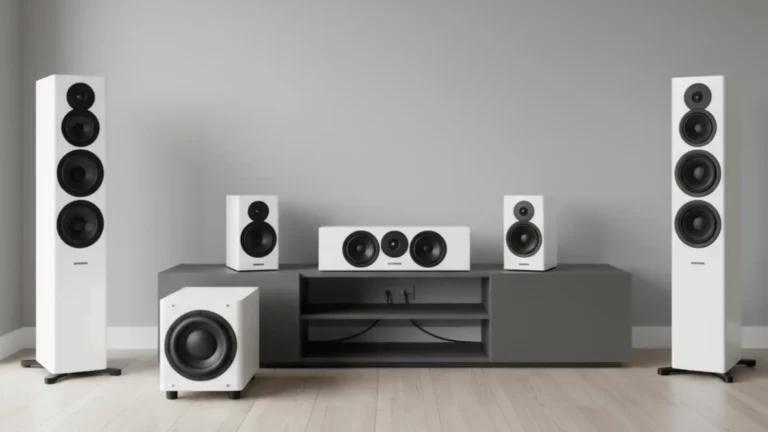The Technics SU-G700 Review: Is This the Hidden Gem Audiophiles Overlook?
Technics SU-G700, Recognizable classic look and rich detailed sound, together with non-standard and unusual technical solutions for brand fans – this is the concept of this amplifier. The Japanese company considered that the result is more important than the process, and at the audition, we were convinced of this ourselves.
Technics SU-G700
If you’re an audio enthusiast with a soft spot for the classic look of Technics amplifiers, the new SU-G700 will likely catch your eye. It’s a striking amplifier with a design that pays homage to the legendary 900th and 1000th series, complete with a large plastic window and two prominent VU indicators. This amplifier skillfully combines a nostalgic aesthetic with modern technology.
Inside the Machine: A Digital Twist
While the exterior looks like a throwback, the internal components might surprise orthodox audiophiles. The SU-G700 is a Class D integrated amplifier that uses multiple stages of digital signal conversion. This is a significant departure from the brand’s classic analog heritage. For instance, the amplifier immediately converts any incoming analog signal to a digital 192 kHz / 24-bit format using a built-in Burr-Brown PCM1804 ADC from Texas Instruments.
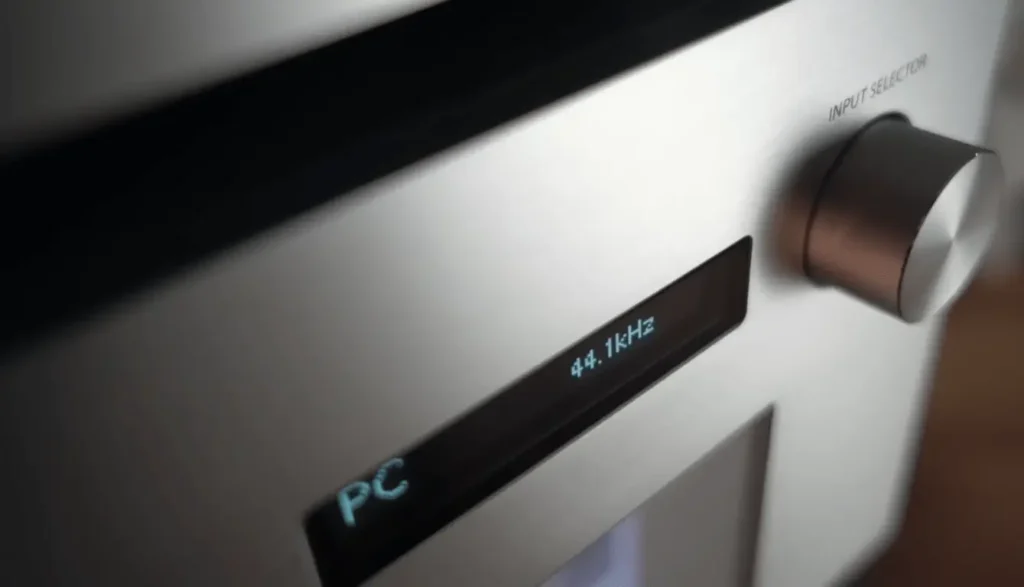
This conversion happens even on the MM phono stage input, which is a bold choice that may cause a stir among vinyl purists. The amplifier’s core philosophy prioritizes the final sound over the traditional analog process. It also features a range of digital inputs, including optical, coaxial, and a USB-B port for computer connection, catering to modern digital audio sources.
Check Out: Technics SL-1500C
Innovative Technology for a Superior Sound
Technics’ new approach is all about delivering accurate, detailed, and musical sound with confident control. To achieve this, the SU-G700 incorporates two key proprietary technologies:
JENO Engine (Jitter Elimination and Noise-shaping Optimization): This technology effectively eliminates jitter and noise during digital signal processing. It uses a dedicated, battery-powered clock generator and a precision PWM module to ensure a clean signal.
Check Out: Technics SU-G700M2 Integrated Amplifier Review
LAPC (Load Adaptive Phase Calibration): This advanced technology corrects phase characteristics in real-time. It continuously adapts to the constantly changing impedance of your speakers, ensuring a smooth and powerful signal across the entire frequency range.
The amplifier’s build quality also helps combat parasitic noise. The chassis is divided into three separate sections for the various circuits and power supply, and internal baffles add rigidity to the aluminum case, minimizing unwanted vibrations.
Performance Review: Rich and Detailed Audio
To test the amplifier’s capabilities, we paired it with two high-end speaker systems: the ELAC FS 409 and the Monitor Audio Gold 300 5G. Both speakers have similar sensitivity (89-90 dB) and impedance (4 ohms).
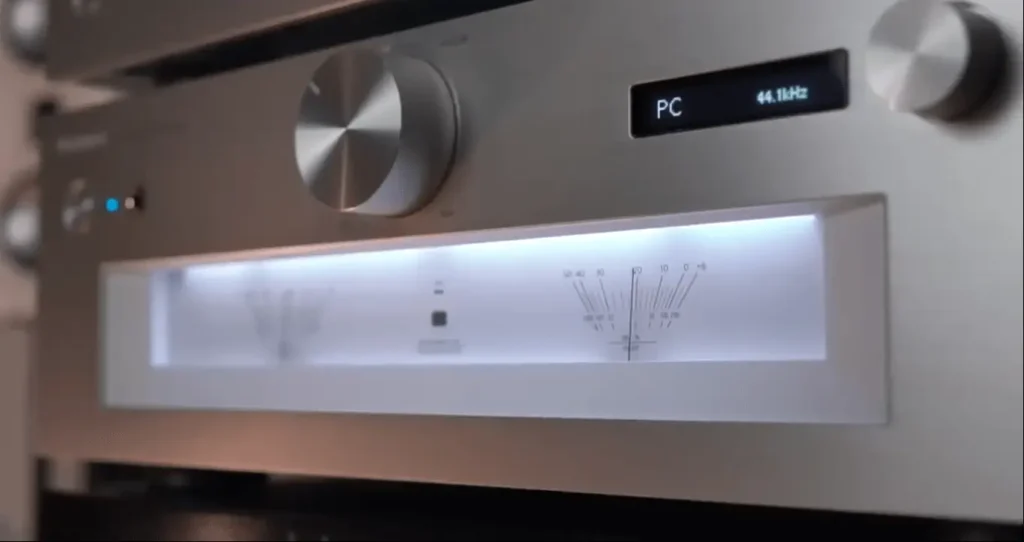
We started with an analog connection, using a Cambridge Audio Edge NQ digital network player. The results were impressive. When playing Bach’s “Oboenwerke,” the ELAC speakers created a lively, voluminous, and almost three-dimensional soundstage. The separation of instruments was excellent, though the oboe’s sound felt a bit too “light.” Switching to the Monitor Audio speakers softened the sound, giving the oboe a warmer, more natural tone that felt more “wooden.”
This difference in character was consistent across various musical genres. The Technics SU-G700 handled large orchestral pieces from Verdi and Mozart with ease, reproducing every nuance across the wide frequency range. The ELACs offered a scrupulous sound, while the Monitors provided a slightly softer, more “analog” feel.
With modern music, like Muse’s “Uprising” and Rammstein’s “Radio,” the amplifier showcased its ability to handle complex and distorted sounds. The tracks were presented with surprising clarity and a holographic quality, highlighting the amplifier’s dynamic range. Interestingly, the Monitor Audio speakers sounded more aggressive on Rammstein’s track, demonstrating how the amplifier can reveal the unique character of different speaker pairings.
The amplifier also brought new life to old recordings. A piano on a Valery Didula and Dmitry Malikov track, which often sounds “glassy,” gained a newfound naturalness. The previously smeared “Rock! Rock! (Till You Drop)” by Def Leppard was surprisingly bright and distinct.
Digital vs. Analog: A Matter of Taste
To assess the amplifier’s internal digital-to-analog conversion, we connected a Technics Super Audio CD SL-G700 player via coaxial cable. The sound remained balanced and voluminous but became slightly lighter, colder, and more transparent. This comparison shows that the SU-G700 can reliably reveal the nuances of an external analog source while also having a distinct character when processing an internal digital signal.
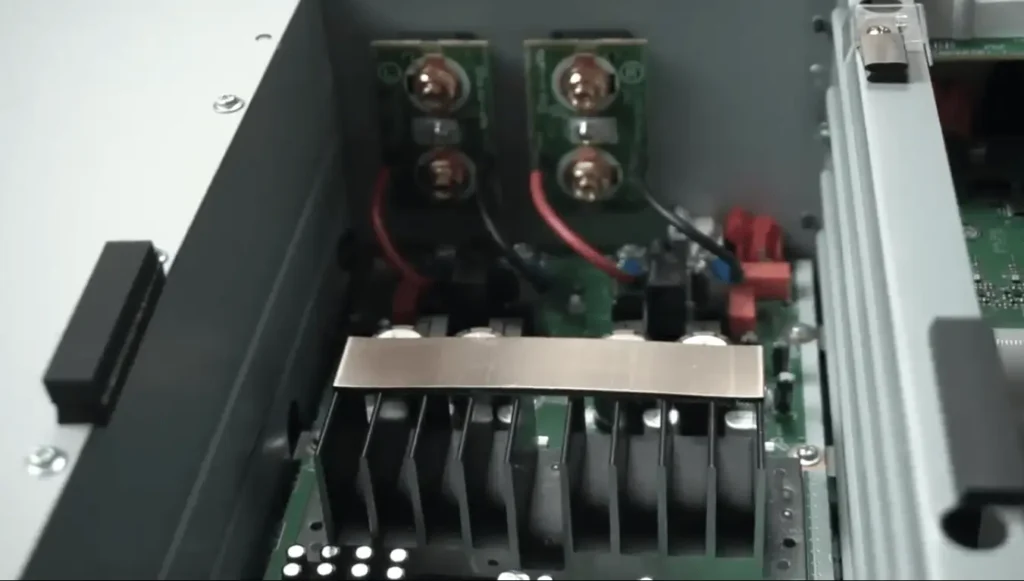
Ultimately, the Technics SU-G700 is a versatile and powerful integrated amplifier that can handle a wide variety of musical genres with precision and confidence. Its sound is “correct” to a degree that might feel overly mathematical to some, but this technical perfection is exactly what makes it such a compelling choice for demanding music lovers and audio professionals. It is a fantastic option for those who prioritize a consistently high-quality, voluminous, and effective sound presentation.
Conclusion
This amplifier will appeal to very demanding music lovers who need equally confident and accurate presentation of a wide variety of musical genres. And if you dream up, it is also perfect for music lessons, small clubs, and music lectures. Without a doubt, he will reveal and show all the features of the classics, folk art, modern rhythms, and so on down the list.
But tremulous fans of certain musical trends, as well as staunch audiophiles, may need something more lively and individual. Although most likely, you will have to look in a higher price category.
Price and availability:
Brand-new/unopened from authorized dealers (U.S.): approximately US $2,500
New in the UK (SU‑G700M2): around £1,999–£2,000 (about US $2,500–$2,600)
High-end U.S. audio store listing: US$2,699 for new SU‑G700M2.
U.K. bundle version (amp + SACD player): £4,589 (£3,900–4,000)
Pros and Cons Technics SU-G700 amplifier
Pros
Confidently work with almost any musical material on different acoustics. Clear, legible presentation of difficult-to-play recordings. Emphasized surround sound. Attractive classic design.
Cons
Own digital processing could be warmer and more natural.
Technics SU-G70 Specifications:
Output Power: 2 x 70W (1kHz, 0.5% NCL, 8Ω, 20kHz LPF); 2 x 140W (1kHz, 0.5% NCL, 4Ω, 20kHz LPF)
Inputs: Phono MM, 2 x optical, 2 x coaxial, USB-B (PC), 2 x analog line
Outputs: analog linear and Pre-Out; headphones 6.3 mm, 0.75 mW, 32 ohm
Supported formats: PCM up to 32bit/384kHz, DSD 11.2MHz
Power Consumption: 85W
Frequency response: Line input 5 Hz – 80 kHz (-3 dB, 8 ohms), Phono input 20 Hz – 20 kHz (RIAA deviation ±1 dB, 8 ohms), Digital input 5 Hz – 90 kHz (-3 dB, 8 ohms)
Dimensions (WxHxD): 430 x 148 x 428 mm
Weight: 12.3 kg

